How the Trump administration could end a century of American scientific dominance
By Adam Sobel | February 11, 2025
 Rough seas ahead: The Trump administration is reportedly looking to cut funding for NOAA and the National Science Foundation by 30 to 50 percent, or more. Photo: NOAA's Fleet Then and Now - Sailing for Science Collection
Rough seas ahead: The Trump administration is reportedly looking to cut funding for NOAA and the National Science Foundation by 30 to 50 percent, or more. Photo: NOAA's Fleet Then and Now - Sailing for Science Collection
When the Trump administration issued its federal funding freeze in its first days, it was immediately felt as an enormous shock to scientists across the country. And it still is; while the freeze was officially blocked by court order, functionally, it still appears to be in place to some extent, in that the processes by which federal funds are disbursed to universities, government, and industry laboratories are not operating normally. Communication with most federal science agencies is currently difficult if not impossible.
At the same time, Elon Musk’s “Department of Government Efficiency” has been trying to convince employees of the science agencies to quit, through a buyout offer of questionable legality combined with threats that they may be fired in any case.
Project 2025, the playbook behind the administration’s actions, calls for drastic and unprecedented reductions in agency budgets. The National Science Foundation and National Oceanic and Atmospheric Administration have both been reportedly threatened with cuts of 30 to 50 percent or more. A new directive on Friday orders overhead on grants from the National Institute of Health to be cut to 15 percent. At this level, universities will lose money for research, such that many will have to do less of it or none at all.
The damage won’t be limited to the universities themselves: According to United for Medical Research, a coalition of university and private industry research institutions, the $37.81 billion awarded in NIH research grants in 2023 generated $92.89 billion in economic activity. Even that statistic doesn’t account for more diffuse benefits, or the way those benefits compound in subsequent years. One recent economic study from the Federal Reserve Bank of Dallas, for example, found that non-defense R&D spending overall paid returns of 150 to 300 percent, and was responsible for a quarter of the United States’ productivity growth since World War II.
These actions have shattered scientists’ trust in systems that have been in place since World War II. If the administration continues down this path, and neither Congress nor the courts are able or willing to stop it, the damage will be catastrophic and long-lasting and will extend far beyond the laboratories where government research funds are spent.
Science in the United States depends on federal support. Here’s how the system works: Let’s start at colleges and universities, where faculty write proposals in response to calls put out by federal agencies. Those are peer-reviewed, and a lucky few are selected.
The research is then carried out largely by graduate student research assistants working towards their Ph.D. degrees, postdoctoral researchers, and sometimes more senior research scientists. In most cases their salaries are covered, in whole or in part, by “soft money”—meaning, if the grants go away, their jobs do too. The grants also pay the graduate students’ tuitions, so without federal support they would be out of school as well as out of work.
At the many government laboratories and private companies that compete for federal research grants, the system works much as it does in academia, other than the role played by students.
The research itself may produce great advances in knowledge or—more often—small steps forward. But on aggregate, it is clear that federally funded scientific research produces benefits for society that greatly exceed the costs, which are around 2 percent of the federal budget for all non-defense research spending.
Sometimes, the benefits are quite direct: In my own field, advances in atmospheric science lead to better forecasts that save lives and property. Sometimes the benefits of basic research are indirect, but so huge they are hard to measure: Modern electronics and computers couldn’t have come into existence without basic physics research, and much modern medicine wouldn’t exist without basic biology research. The advances in AI now being made in the tech industry wouldn’t have happened without prior government-funded work. Countless more examples are easy to find in biotech, pharma, aerospace, agribusiness, and so on.
Perhaps even more important than the research itself, though, are the researchers it produces. The graduate students and postdocs paid to execute federal grants learn how to work independently to solve complex problems. Then they go into the workforce. Some stay in academia or government, but many go into the private sector, where their skills and experience are welcomed and valued in a range of industries, including ones that may seem far from those in which they did their degrees. (My own students have gone on to jobs in insurance, finance, consulting, and tech.) It would be difficult and expensive, and perhaps impossible, for most companies to replicate the training these scientists have, courtesy of federal research support to universities, when they walk in the door.
Federally funded researchers have always faced uncertainty. The peer-review system is competitive, and the majority of proposals are turned down. Agency budgets and priorities fluctuate, such that the fortunes of entire fields rise and fall. Politics has always played a role.
Scientists have coped with the uncertainty—and with lower salaries than they could make doing something else—because they love their work and believe it is important. But also, there has been some degree of stability to the system overall, so scientists at least have felt they know the rules of the game.
Congress, to whom the Constitution gives the power to set overall agency budgets, understands the value of scientific research and has long supported it on a bipartisan basis. This has historically kept fluctuations in the budgets relatively moderate. The details of how to spend the money have been largely left to the agencies’ professional staffs, which tends to keep changes in priorities gradual enough for researchers to adjust to them.
The new administration seems intent on overturning all that precedent, both by cutting budgets already appropriated by Congress (in clear violation of the Constitution and the Impoundment Act) and by injecting politics into the agencies’ operations in a way never before seen, with ideological bullying and corporate-style mass layoffs.
If everything the administration is pushing for materializes, we are likely to lose a generation of American scientists or more, depending how long this goes on.
The budget cuts themselves will put many researchers out of work. Even if the cuts turn out not to be as large as threatened, and the system starts working again after a few weeks or months, some permanent damage has already been done. Right now, we can’t even be certain that grants already awarded will be honored, let alone when or even if there will be a next call for proposals in our fields. It’s admission season as I write, and we don’t know if we can or should admit new graduate students to our Ph.D. programs, even when we already have the necessary funding on paper.
The chaos and unpredictability, and the shocking new reality that a hostile administration can undermine or even disable entire agencies on a moment’s notice, are already causing the gifted, hardworking young researchers who power American scientific institutions to rethink their career choices. If this goes on much longer, many will either leave science or leave the country, and the benefits their work would have brought will either disappear or go elsewhere with them. Once lost, the global leadership position that US science has held for most of the last century will be difficult to regain.
Together, we make the world safer.
The Bulletin elevates expert voices above the noise. But as an independent nonprofit organization, our operations depend on the support of readers like you. Help us continue to deliver quality journalism that holds leaders accountable. Your support of our work at any level is important. In return, we promise our coverage will be understandable, influential, vigilant, solution-oriented, and fair-minded. Together we can make a difference.
Keywords: NIH, NOAA, Trump administration, atmospheric science, climate research, funding freeze, government, science funding, science research
Topics: Climate Change


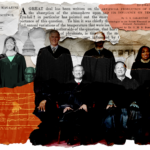

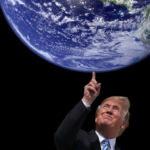



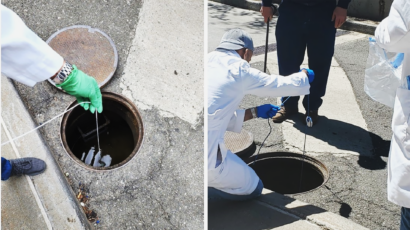

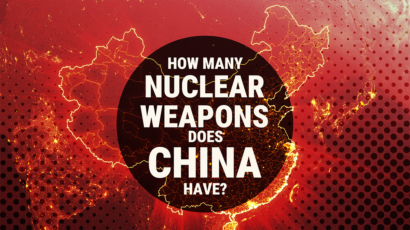
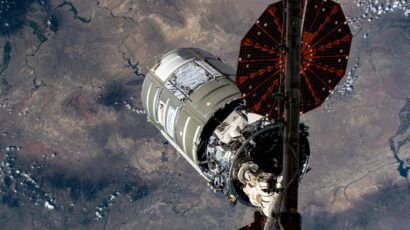

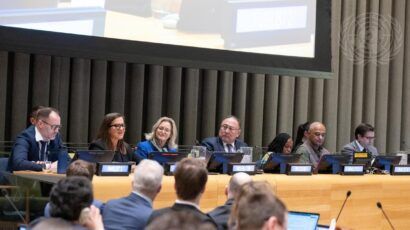


“…a century of American scientific dominance..”.Is that not a blinkered, unscientific, framing of the scientific enterprise, as though the giants upon whose shoulders we all stand were limited to any flat earth, imagined collective, nominating itself as a nation state?
Science, as I understand it, has always been an inclusively human and open endeavour, from the discovery of fire to attempts to arrest pandemics.
China made many of our ‘western’discoveries’ centuries before Europe; and America itself was first ‘discovered’ by Siberian hunter/fisher colonists, before the term Siberia was coined.
ending Department of Education, cutting funding for NIH, NOAA, NSF does not bode well for American students/children in near term future. US is already well behind its counterparts in STEM, this will only exacerbate the situation. Not surprising it is project 2025, written by conservatives who oppose science.
Thank you for your insightful thoughts, Adam. Given today’s confirmation of RFK Jr. and past forays by our new leaders into pseudoscience, we should also recognize the following: that even where federal funding for science will still exist, under Trump it may well go to undeserving proposals that just happen to align with the president’s politics. This would lead to what I think should be called American Lysenkoism, in dishonor of the Lamarckian who ruined Soviet genetics. In other words, we won’t just lose ground to other nations by moving ahead more slowly in science; we’ll be throwing it in… Read more »